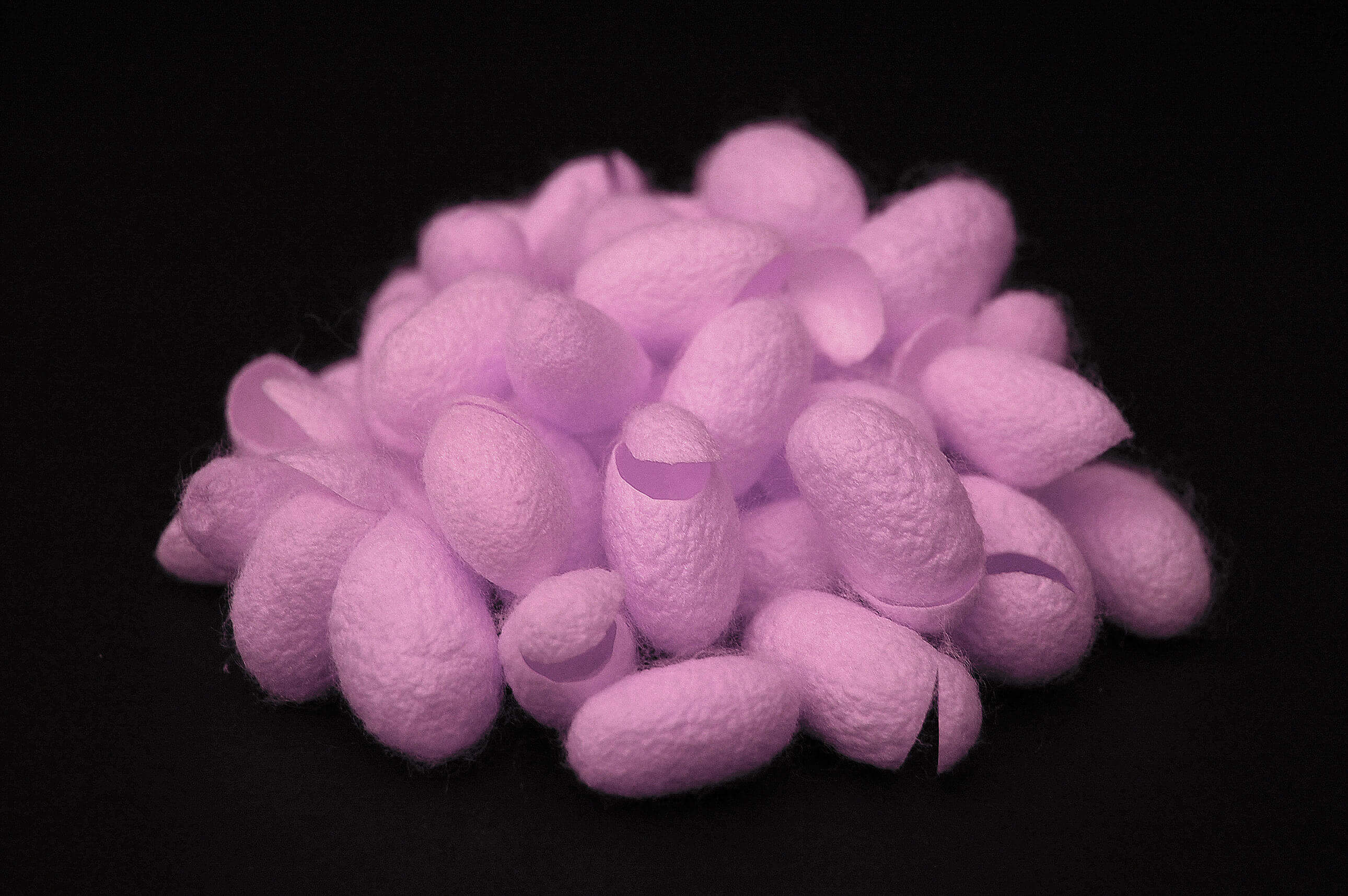BME’s Young Kim receives patent on genetically engineered silk that can inactivate harmful pathogens
Young L. Kim, a professor of the Weldon School of Biomedical Engineering has been granted two patents on his intellectual property, “Light-activated photoreaction via genetic hybridization of far-red fluorescent protein and silk.” (US11925117B2 and US11925118B2 03.05.2024)
Kim’s team has discovered new applications of genetically engineered silk that can inactivate harmful pathogens such as bacteria and viruses when exposed to visible light. The innovative biomaterial is made by incorporating fluorescent protein into silk protein that can produce highly reactive chemicals such as reactive oxygen species when visible light illumination.
The all-natural material would be safer than conventional photocatalytic, or light-activated, means to kill harmful pathogens such as bacteria, which use potentially biohazardous semiconductors and require cancer-causing ultraviolet light for activation. This silk alternative uses plasmonic photocatalyst-like biomaterials and visible light, which also aid in wound healing and environmental remediation including air and water purification.

Potential applications
- Antibacterial fabrics, food preservation coatings and environmental remediation biomaterials that could leverage the visible light-activated pathogen inactivation capability.
- Implantable and injectable wound healing that gradually dissolves within the body over time, eliminating the need for additional surgical removal.
- Photoelectric biomaterials that can convert light to electricity: bio-photosensors, retina prostheses, artificial photoreceptors and neurostimulators that can be implanted in the body.
“Our team has been approached by potential partners interested in scaling up this invention for specific applications,” said Kim. “For instance, we recently engaged in preliminary discussions with a biomedical device company specializing in artificial retinas. We are actively seeking opportunities for collaborations and partnerships.”
This invention is related to his team’s paper: Green-Light-Activated Photoreaction via Genetic Hybridization of Far-Red Fluorescent Protein and Silk (Advanced Science, 2018, 5, 1700863),
Purdue News: Far-red fluorescent silk can kill harmful bacteria as biomedical and environmental remedy (April 18, 2018).
Congratulations to all Purdue University researchers across all campuses and academic disciplines, who received one of the 18 patents in March on their intellectual property from the U.S. Patent and Trademark Office.
Most of these innovations are available to license and bring to market. Visit the Purdue Innovates Office of Technology Commercialization’s website to learn more about these and other available innovations.


